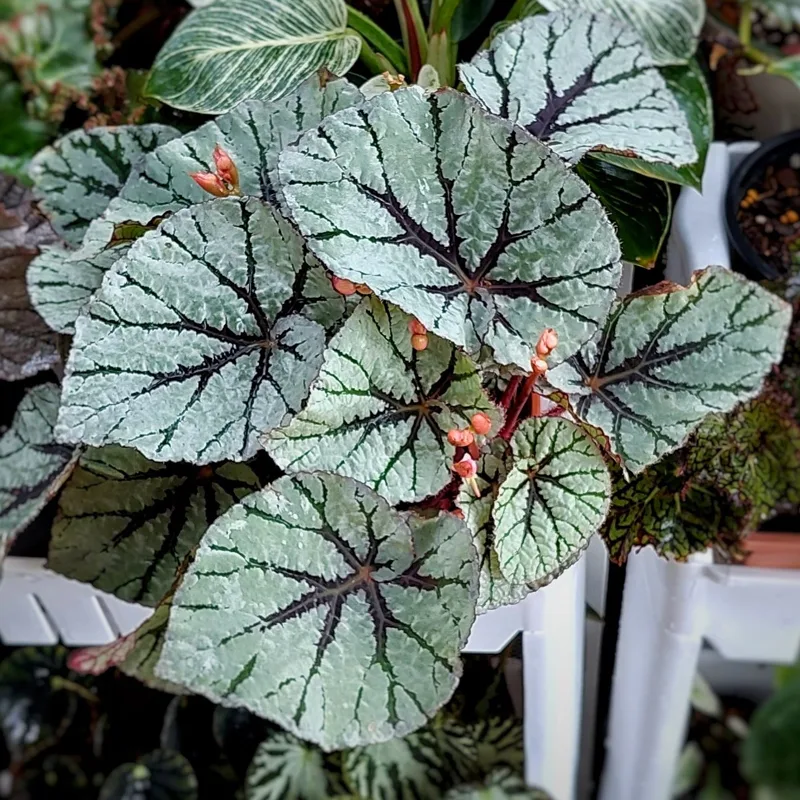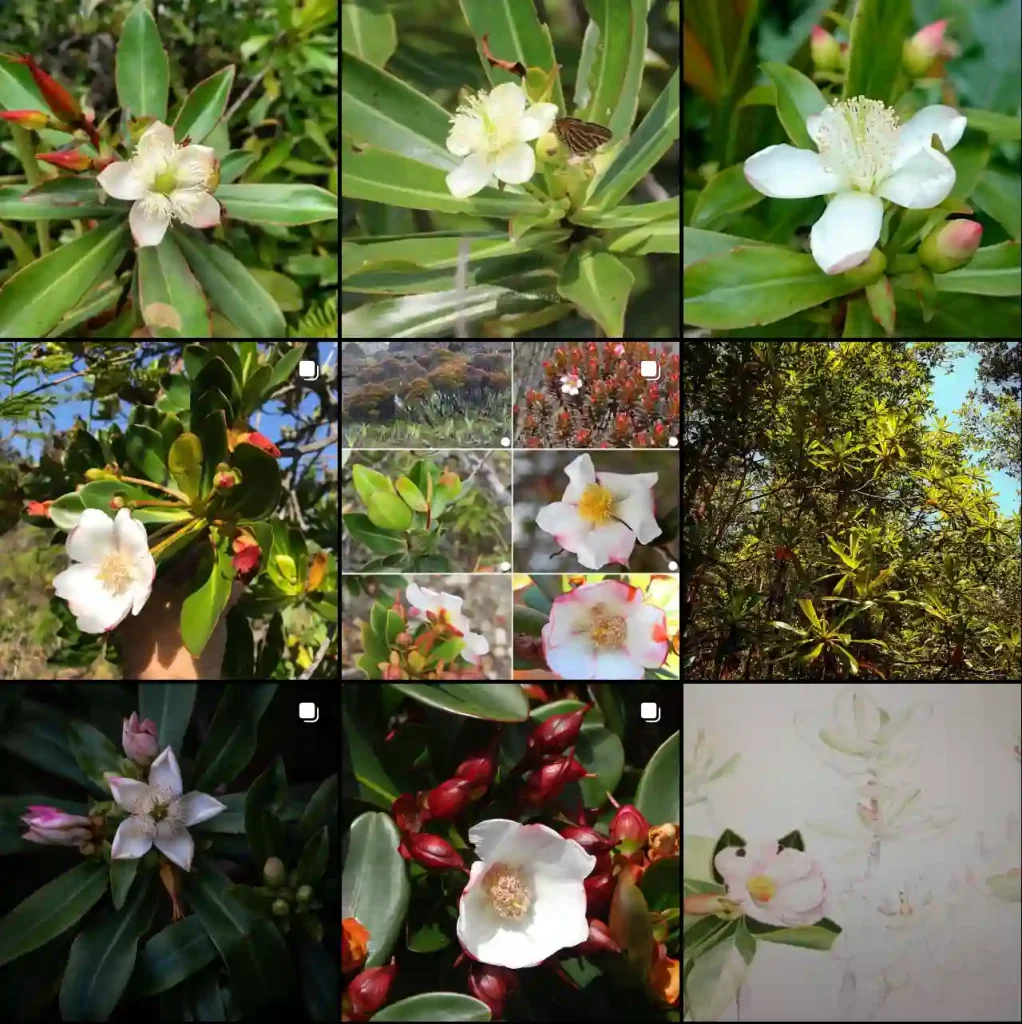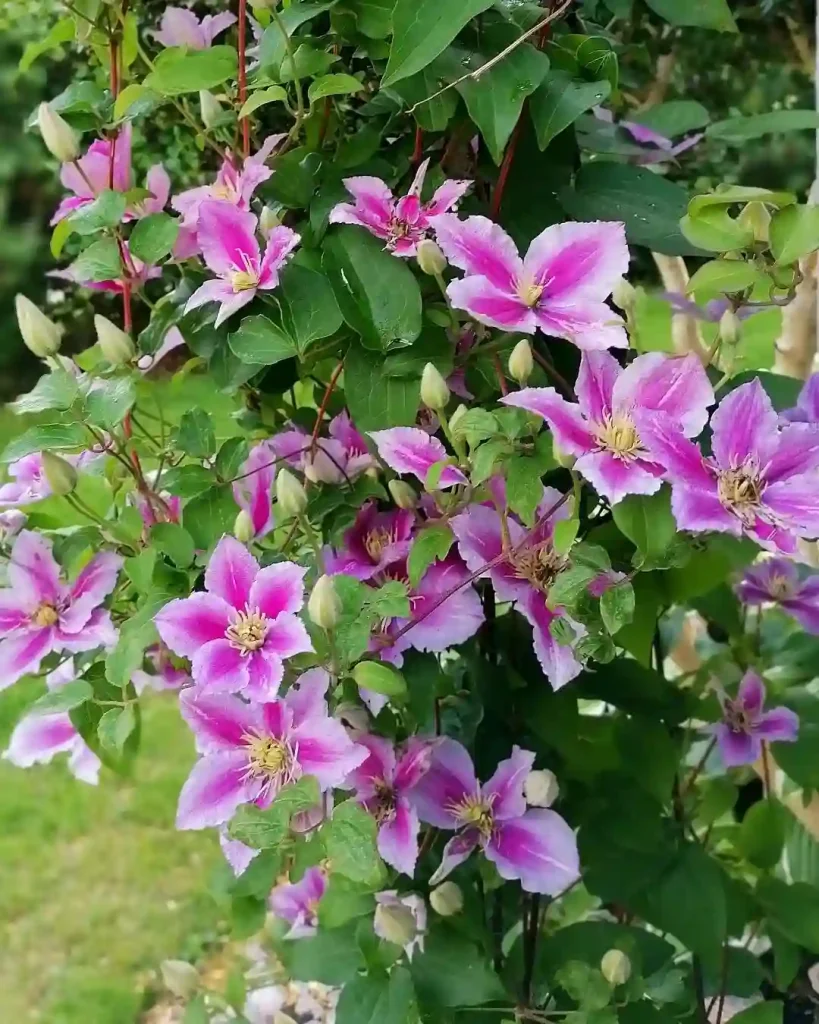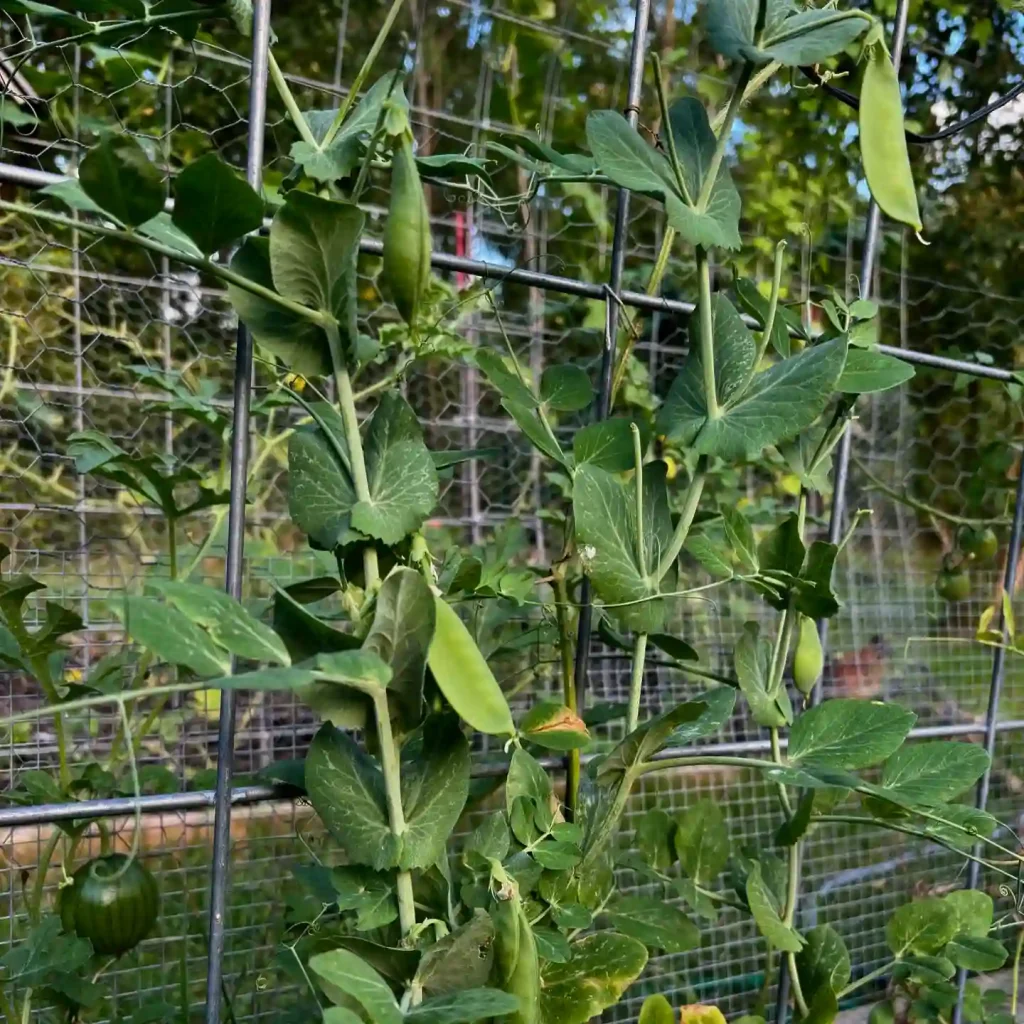The Enigmatic Umbellularia: A Deep Dive with Ferb Vu
As a passionate botanist, I’m always fascinated by the diversity and resilience of plant life. One genus that has particularly captivated my attention is Umbellularia, a unique group of trees and shrubs belonging to the laurel family, Lauraceae. While the genus only contains a single species, Umbellularia Californica, its impact on both natural ecosystems and human culture is significant. Join me as I delve into the intriguing world of Umbellularia, exploring its characteristics, uses, and ecological importance.
A Singular Species with Many Names
Umbellularia Californica, also known as California bay laurel, Oregon myrtle, or pepperwood, is native to the coastal forests of California and Oregon. This evergreen tree is renowned for its aromatic leaves, which release a pungent, camphor-like scent when crushed. The genus name, Umbellularia, is derived from the Latin word “umbella,” meaning “parasol” or “umbrella,” referring to the tree’s umbel-shaped inflorescences. The specific epithet, Californica, denotes its geographical origin.
Identifying Umbellularia
Umbellularia Californica is a medium-sized tree, typically reaching heights of 30 to 80 feet. It boasts a dense, rounded crown and a trunk that can grow up to 3 feet in diameter. The leaves are lanceolate, dark green, and leathery, with a smooth margin and a prominent midrib. The small, yellowish-green flowers bloom in clusters during the spring, followed by olive-like fruits that ripen in the fall.
A Multifaceted Tree
Umbellularia Californica has a long history of human use. Native American tribes utilized various parts of the tree for medicinal, culinary, and ceremonial purposes. The leaves were used to treat headaches, colds, and rheumatism, while the wood was crafted into bows, arrows, and baskets. The fruits, once roasted, were consumed as a food source.
Today, Umbellularia Californica continues to be valued for its versatility. The wood, known for its durability and attractive grain, is prized for furniture making, cabinetry, and interior finishing. The aromatic leaves are used as a culinary herb, adding a distinctive flavor to soups, stews, and sauces. The essential oil extracted from the leaves has antiseptic and antifungal properties, finding applications in aromatherapy and natural remedies.
Ecological Significance
Umbellularia Californica plays a vital role in its native ecosystems. The dense foliage provides shelter and nesting sites for various bird species, while the fruits serve as a food source for wildlife. The tree’s deep roots help stabilize soil and prevent erosion, contributing to the overall health of the forest.
Conservation Status
While Umbellularia Californica is not currently considered threatened, habitat loss due to urbanization and logging poses a potential risk to its long-term survival. Conservation efforts are crucial to ensure the continued existence of this valuable tree species.
Personal Reflections
My fascination with Umbellularia stems from its unique combination of beauty, utility, and ecological importance. The tree’s resilience and adaptability are a testament to the power of nature. As a botanist, I am committed to promoting the conservation and sustainable use of Umbellularia, ensuring that future generations can appreciate its many benefits.
In conclusion, Umbellularia Californica is a remarkable tree species that has played a significant role in both human history and natural ecosystems. Its versatility, ecological importance, and cultural significance make it a true treasure of the California and Oregon landscapes. As we continue to learn more about this fascinating tree, let us also strive to protect and preserve it for generations to come.
If i die, water my plants!



